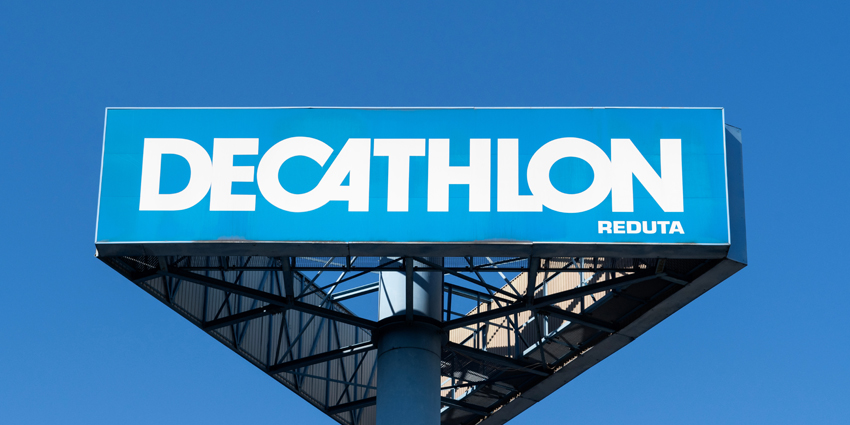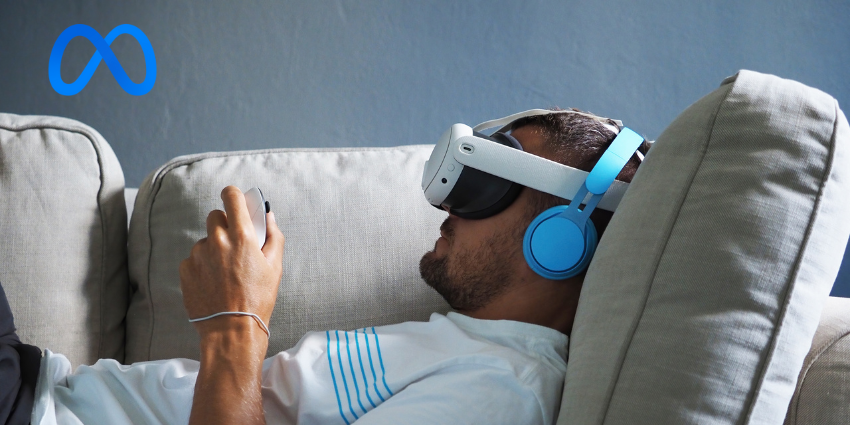This week, sports retail giant Decathlon recently highlighted how it started leveraging Apple iOS Reality Capture technology to provide shoppers using its smartphone app with augmented 3D visualisations of products. With the new feature, Decathlon customers can place digital versions of products in their homes before buying.
The service enables users to view what a product may look like by observing an augmented reality rendition through an iOS camera, placing it in the world around them.
Smartphones increasingly power the augmented reality market; most individuals worldwide have access to a smartphone and, therefore, lite-AR services. Adoption starts there; the more people start using AR integrations on their smartphones, the closer general audiences will get to more advanced variations of AR and, therefore, broader XR markets.
From construction to retail and eCommerce, use cases like the recent Decathlon example showcase how businesses leverage AR technology today. They are starting a broader long-haul journey, allowing more sophisticated immersive technology to become integral to the buyer’s journey and other end users.
More on Decathlon’s AR Integrations
The Decathlon smartphone app uses Apple object capture to place interactive AR models of products such as RR2K sneakers and other sportswear in a spatial environment. According to Decathlon technology leaders, the new AR feature will drive more informed buying decisions via an immersive shopping experience.
Users can access this visualisation without leaving the smartphone application. The feature is currently exclusive to Apple iOS devices for users in France and Belgium. No further news on other regional availability is confirmed.
The news comes as other international shopping and retail groups, such as Walmart, Shopify, and Amazon, experiment with smartphones.
Smart Phone AR Adoption Rates
Many businesses today are utilizing immersive technology without relying on headsets. Smartphones and tablets offer incredible capabilities to support augmented reality and immersive services for brands and workplaces.
Smartphones are powerful tools that are widely accessible, with global penetration rates much higher than those of headsets. Brand owners prefer not to create solutions for a specific device as the hardware landscape constantly evolves. Therefore, cross-device compatibility is crucial, as it can cover a service that supports AR service that works on a range of devices, not just wearables.
Leveraging cloud technology also allows for seamless experiences across multiple devices. Customers could be using their iPads or laptops, so it’s essential for brands to consider how they can scale their solutions across various channels.
As AR grows in influence, the end devices and use cases will grow. To properly leverage this market, firms that recognise the potential of XR on mobile could be getting the keys to unlock the future of business innovation.







